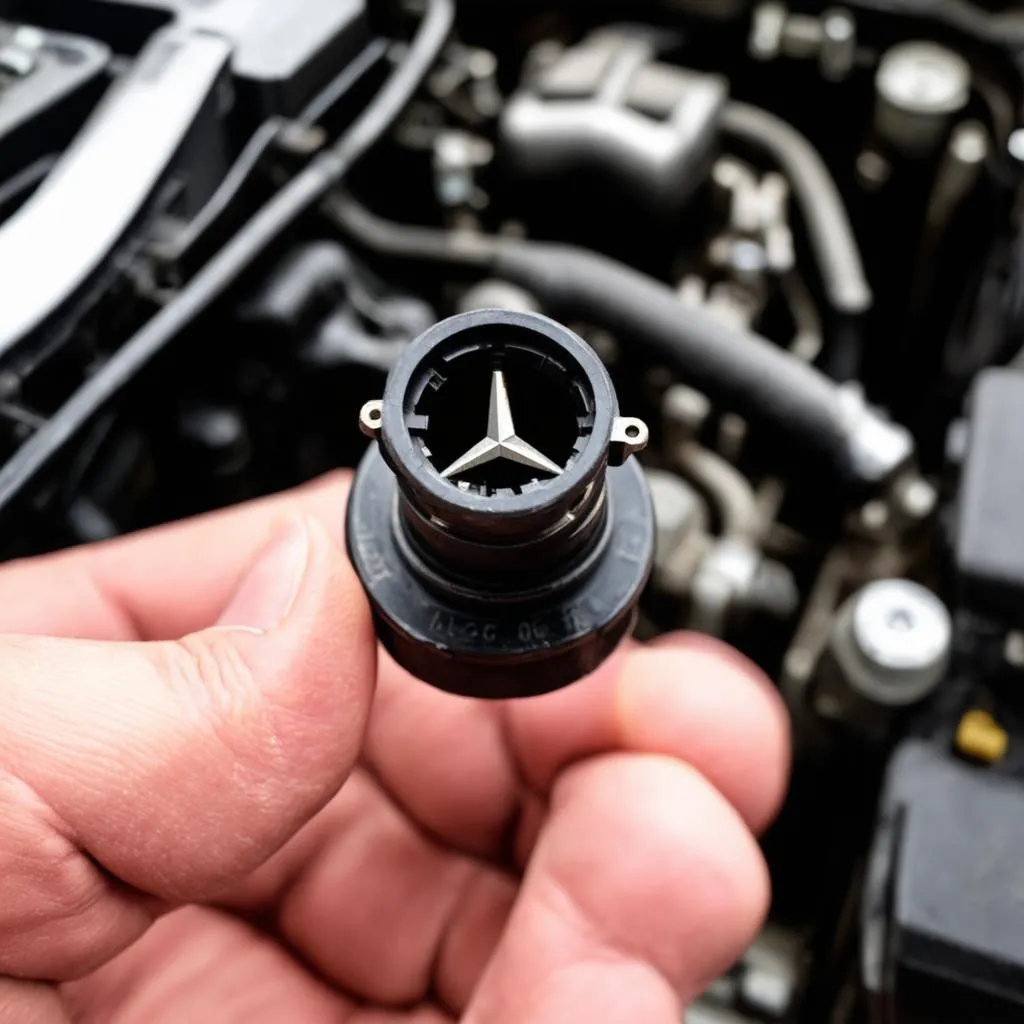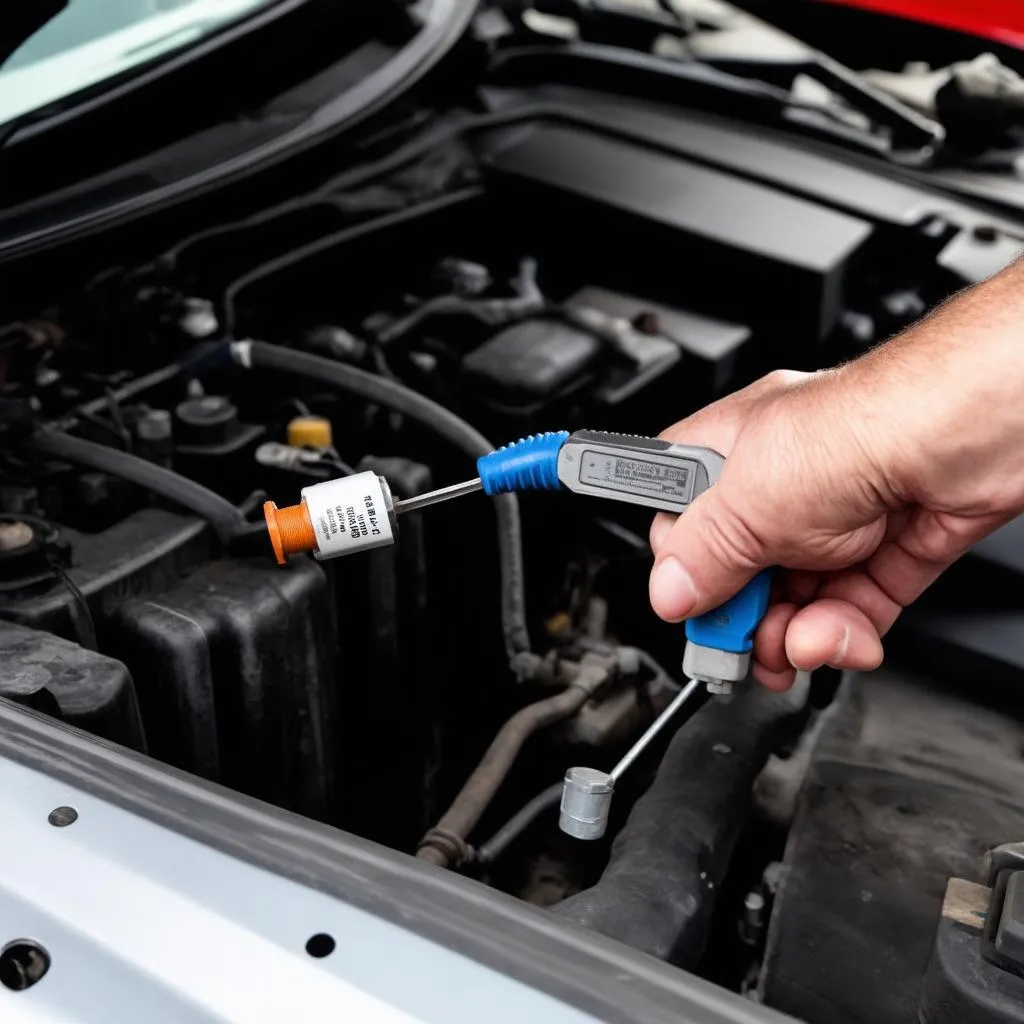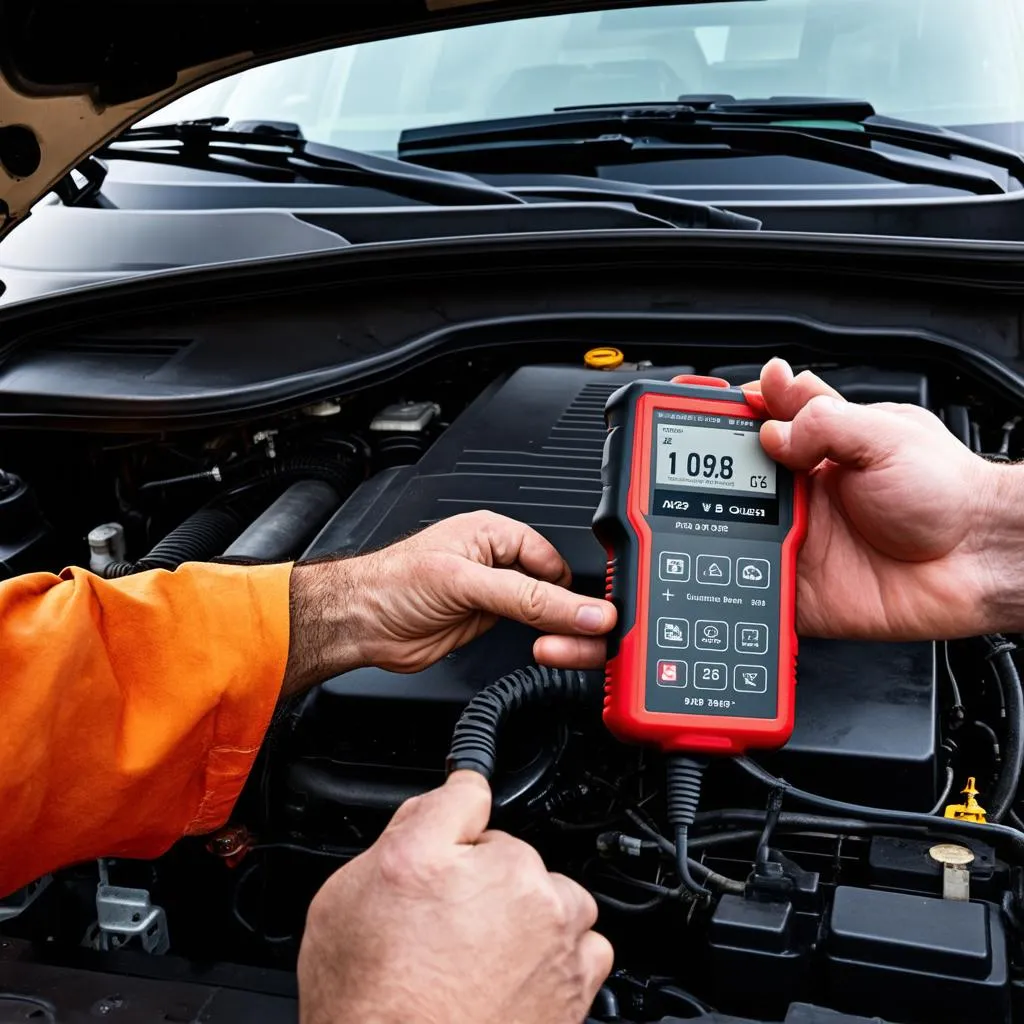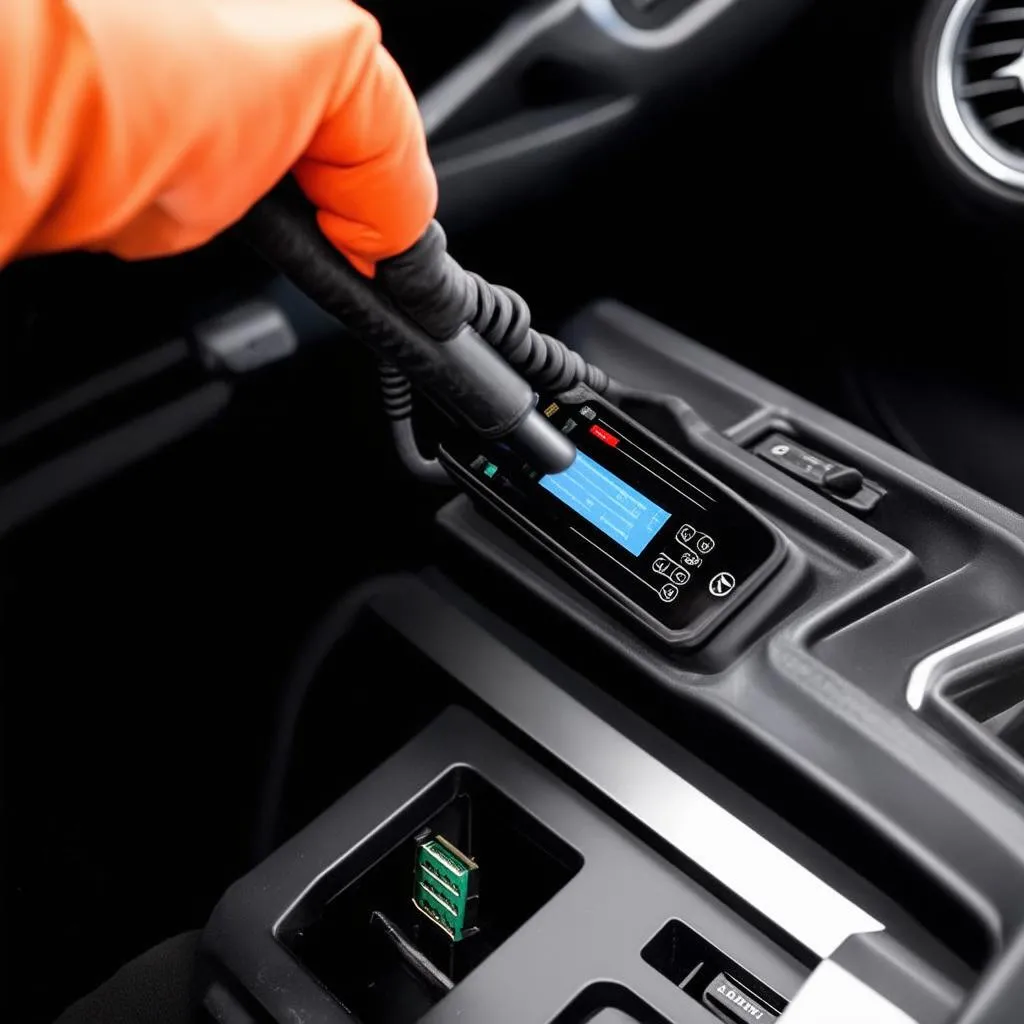The oxygen sensor, often referred to as the O2 sensor, is a critical component of your Mercedes’ emission control system. It measures the oxygen content in the exhaust gases, allowing the engine control unit (ECU) to adjust the air-fuel mixture for optimal performance and minimal emissions. When your O2 sensor fails, it can lead to decreased fuel efficiency, increased emissions, and even engine damage. That’s where a Mercedes O2 sensor tool comes in handy.
This article will delve into the world of Mercedes O2 sensor tools, exploring their types, uses, and the benefits they offer.
Understanding Mercedes O2 Sensor Tools
A Mercedes O2 sensor tool is specifically designed to remove and install oxygen sensors in Mercedes-Benz vehicles. These tools come in various shapes and sizes to accommodate the different sensor types and locations found across various Mercedes models.
Types of Mercedes O2 Sensor Tools
- Socket Type: This is the most common type, resembling a regular socket but with a cut-out section to accommodate the sensor’s wiring.
- Crowfoot Type: These open-ended wrenches are ideal for accessing sensors in tight spaces.
- Speciality Tools: Some Mercedes models require unique tools due to their sensor placement or design.
Why You Need a Mercedes O2 Sensor Tool
While it might be tempting to use standard tools, a dedicated Mercedes O2 sensor tool offers several advantages:
- Prevents Damage: The precise fit minimizes the risk of rounding off the sensor’s nut, a common issue when using ill-fitting tools.
- Ease of Use: Designed for accessibility, these tools make the removal and installation process significantly easier, even in confined engine bays.
- Time-Saving: The right tool can drastically reduce the time spent on the task, especially for DIY enthusiasts.
How to Choose the Right O2 Sensor Tool
Selecting the correct O2 sensor tool for your Mercedes ensures efficient work and prevents potential damage. Here’s what to consider:
- Mercedes Model and Year: Different models and production years may use different O2 sensor types and sizes.
- Sensor Location: Identify the location of the sensor you need to replace, as this will determine the required tool type (e.g., crowfoot for tight spaces).
- Tool Quality: Investing in a high-quality tool made from durable materials ensures longevity and reliable performance.
 Mercedes O2 Sensor Socket
Mercedes O2 Sensor Socket
Common Mercedes O2 Sensor Problems and FAQs
Here are some frequently asked questions about Mercedes O2 sensors:
Q: What are the symptoms of a failing O2 sensor?
- Check Engine light illumination
- Reduced fuel economy
- Rough idling
- Increased emissions
Q: Can I drive with a bad O2 sensor?
While you might be able to drive for a short period, it’s not recommended. A malfunctioning O2 sensor can impact engine performance, fuel economy, and emissions. Prolonged driving with a faulty sensor can potentially damage other components, leading to costlier repairs.
Q: How often should O2 sensors be replaced?
Oxygen sensors have a service life and should be inspected and potentially replaced based on your Mercedes’ maintenance schedule.
 Mechanic Replacing O2 Sensor
Mechanic Replacing O2 Sensor
Conclusion
A Mercedes O2 sensor tool is an essential piece of equipment for anyone looking to perform DIY maintenance or repairs on their Mercedes-Benz. Choosing the right tool ensures a smooth and hassle-free experience when replacing your O2 sensors.
If you’re unsure about the right tool for your Mercedes or need guidance on O2 sensor replacement, don’t hesitate to contact CARDIAGTECH for expert advice and assistance. For more information on Mercedes diagnostics and a wide range of tools, explore the CARDIAGTECH website. You can find helpful resources on specific Mercedes models, like the Mercedes E320 diagnostic, and learn about common issues and their solutions.


